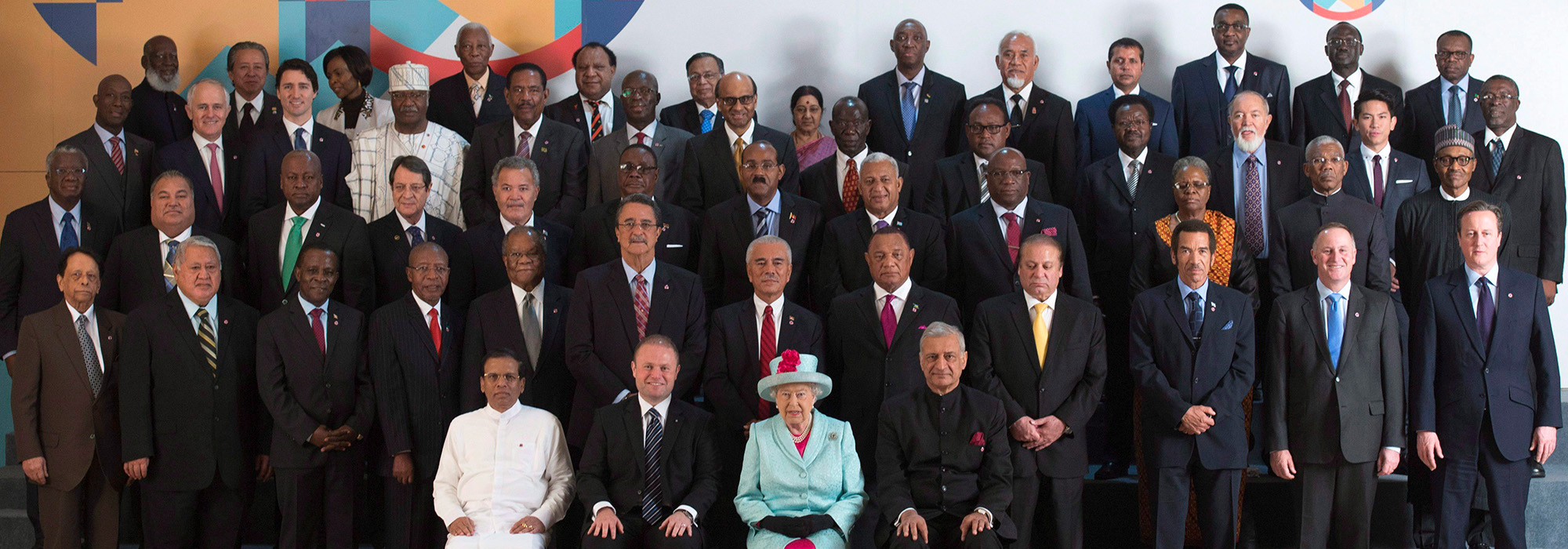
These are turbulent times for international trade, with an America-first president threatening to rip up NAFTA, a UK that is leaving the European Union, and a general sense of mistrust toward international trading regimes. It was not always this way: after the Second World War there was an enormous increase in international trading activity and the development of a framework to facilitate it.
The Second World War crippled much of the world’s economy, but the General Agreement on Tariffs and Trade (GATT), signed in 1947, was a catalyst for restarting trade. The GATT established a basic set of rules and governance for commerce between countries. Three decades later, the advent of floating exchange rates in the 1970s continued international trade’s upward trajectory, allowing the free market — exporters, importers, banks, financial institutions and other economic agents — to access foreign currency without a government intermediary. In 1993 the European Union was established from the original six-member European Economic Community founded in 1957. In 2001 China joined the World Trade Organization (WTO), forever changing global production and supply chains as capital eagerly moved from West to East. The result of these and similar intergovernmental developments: according to the World Trade Report 2014 world merchandise and commercial services trade grew 7 percent on a year-over-year basis for 30 years — roughly double the rate of global GDP growth for much of that period.
Canadians’ standard of living unequivocally depends on the world trading environment: 31.5 percent of all the goods and services produced in Canada are destined for export. In 2016, wealth from global trade accounted for roughly $13,000 per Canadian resident (31.5 percent of 2016 Canadian GDP, 2016 Canadian population).
With an aging population and intense financial pressure on Canada’s social systems (such as the Canada Pension Plan, Old Age Security and health care), every source of wealth counts. A natural path to trade diversification would be to use an established international network such as the Commonwealth, whose 52 members are mainly former territories of the former British Empire. Economic studies suggest that intra-Commonwealth trade incurs up to 19 percent less cost than trade outside the Commonwealth. This is because Commonwealth nations have a shared system of common law, a common language, common institutions and governmental systems — all of which reduce a company’s cost of doing business.
However, any new trading bloc would be sorely lacking without China: the nation has risen in a matter of three decades to being the world’s second-largest economy (and is on track to become the largest), the world’s largest manufacturer, the world’s largest importer and exporter, and the largest holder of international currency reserves. Canada is considering undertaking a free trade agreement with China, and many Commonwealth countries, such as those that belong to CARICOM (a Caribbean trading bloc), have already established trade with China.
The timing for a Canadian trade pivot is urgent. Since the global financial crisis of 2007-09, international trade has slowed significantly: the WTO reduced its original forecast for the growth in traded goods from 2.8 percent to 1.7 percent in 2016 — the first time in 15 years that trade grew more slowly than GDP. The trade slowdown is blamed on multifaceted causes, including a lacklustre economic recovery from the global financial crisis, policy uncertainty leading to low investment, resurgent protectionism and the growth of right-wing populist political movements.
Recently, the declining profitability of major shipping companies — a litmus test of international trade — has been quite concerning: in August 2016, the seventh-largest shipping company in the world, Hanjin Shipping, filed for receivership. This receivership temporarily stranded US$14.5 billion of goods in transit. Maersk, the world’s largest shipping company, saw an unprofitable year in 2016, so much so that the company undertook major restructuring to survive in a now less-profitable industry.
Modern portfolio diversification theory aptly lends itself to international trade; the benefits of diversification are not just theoretical but directly affect life on Main Street. Granted, diversifying trade is a difficult endeavour: policy-makers can set up rules and incentives, but ultimately it is up to the private sector to play the game.
The Commonwealth’s share of global GDP overtook the EU’s in 2004, and that gap is projected only to widen. Intra-Commonwealth trade is expected to surpass US$1 trillion by 2020 and $2.75 trillion by 2030. With Canada facing difficult NAFTA negotiations, a new normal of low economic growth in developed countries and opportunity-rich emerging markets, perhaps it’s time to “go back to the future” and diversify trade into the “Canton-wealth.”
Photo: Queen Elizabeth with leaders for a family photo at the Commonwealths Heads of Government meeting, Friday Nov. 27, 2015 in Valletta, Malta. THE CANADIAN PRESS/Adrian Wyld
Do you have something to say about the article you just read? Be part of the Policy Options discussion, and send in your own submission. Here is a link on how to do it. | Souhaitez-vous réagir à cet article ? Joignez-vous aux débats d’Options politiques et soumettez-nous votre texte en suivant ces directives.












